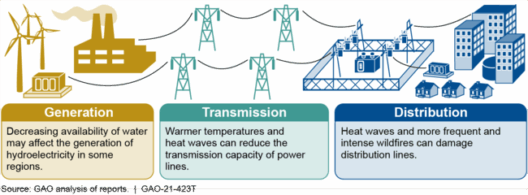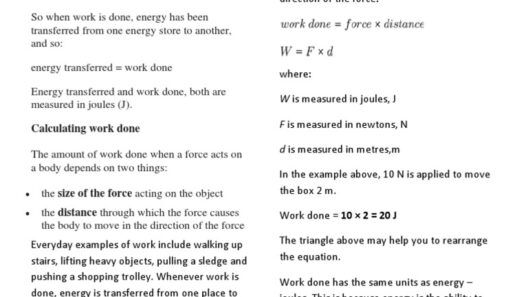The conservation of mass and energy is a fundamental principle in the realm of physics, a cornerstone that underpins our understanding of the natural world. This principle posits that in a closed system, mass and energy cannot be created or destroyed; they can only change forms. When an object is subject to an impact, a fascinating interplay occurs as both mass and energy are redistributed. This exploration delves into how these elements behave post-collision, revealing insights into fundamental physics as well as practical implications in various fields.
To begin with, one must understand the definitions of mass and energy. Mass refers to the quantity of matter contained in an object, while energy is the ability to do work or cause change. Both of these quantities are inherently linked through the well-known equation E=mc², where E represents energy, m stands for mass, and c is the speed of light in a vacuum. This interrelationship illustrates that mass can be converted into energy and vice versa, though in most practical scenarios, such conversions are negligible. After impacts, the distribution and transformation of mass and energy present a complex conservation puzzle that can be dissected through various scenarios.
Consider a simple scenario: a rubber ball colliding with the ground. Upon impact, the ball deforms, temporarily increasing its potential energy as it is compressed. This energy is stored in the form of elastic potential energy. As the ball rebounds, this stored energy is converted back into kinetic energy, allowing the ball to rise again. During this process, the mass of the ball remains constant, but its energy fluctuates as it transitions between potential and kinetic forms. This primary example illustrates how energy is conserved through transformation, adhering strictly to the laws of physics.
However, the dynamics become significantly more intricate with different types of collisional impacts. Inelastic collisions, such as a car crash, exemplify cases where mass redistribution and energy dissipation occur substantially. When two vehicles collide, their kinetic energy is not fully conserved because some of it is transformed into other forms, such as heat, sound, and structural deformations. The masses of the vehicles involved remain constant, but the energy that was once kinetic rapidly disperses into the environment. Herein lies the nuance; while the total energy accounting within the system remains the same, its form alters dramatically, underscoring the vital importance of understanding energy conversion in safety design and engineering protocols.
Moving beyond basic examples, the behavior of particles at the subatomic level furthers the discussion of conservation. In high-energy physics, collisions involving particles at significantly elevated speeds reveal fascinating phenomena. When particles collide, they can break apart, producing new particles while still adhering to the conservation laws. The initial mass may transform, resulting in energy outputs that can generate different particles, yet the sum total of mass and energy remains unchanged. This process demonstrates the profound complexities of conservation at microscopic levels, providing insights into the very fabric of matter and energy in our universe.
Moreover, one cannot overlook the influence of external forces and interactions when analyzing mass and energy dynamics following a strike. External forces can cause energy losses through friction, air resistance, and other forms of dissipation. For instance, when a baseball hits the bat, not only is the bat’s kinetic energy transferred to the ball, enhancing its velocity, but energy is also lost as sound and heat. The work done against these external forces modifies the efficiency of energy transfer, dictating the overall effectiveness of the impact. Understanding these interactions is crucial not just in sports but also in fields ranging from engineering to safety mechanisms, where predictability of outcomes is paramount.
The implications of mass and energy conservation extend well beyond theoretical discussions. In industries like automotive manufacturing and aerospace engineering, recognizing how collisions affect energy distribution is vital. Engineers employ crash simulations to assess safety features, ensuring that in the event of a collision, energy is dissipated in controlled manners, minimizing harm to occupants. From seatbelts to crumple zones, each design element draws upon principles of mass and energy conservation to enhance survivability during impact scenarios.
Similarly, on a larger scale, understanding this conservation principle is crucial in ecological contexts as well. When studying natural phenomena, such as meteor strikes or volcanic eruptions, the conservation of mass and energy can provide insights into the potential impacts on the environment. By recognizing how energy is transferred and redistributed, researchers can better predict outcomes, allowing for informed decision-making in disaster preparedness and environmental conservation efforts.
In sum, the behavior of mass and energy following an impact is not merely an academic puzzle; it permeates multiple facets of our understanding of the physical world. From kinetic and potential energy transformations in everyday situations to complex particle interactions in high-energy physics, the conservation principles anchor our explorations. Whether in engineering, environmental science, or theoretical physics, grasping the intricacies of these fundamental concepts is crucial. As we continue to unravel the mysteries of mass and energy, we inevitably enhance our capacity to innovate and protect our planet, maintaining a delicate balance in the intricate web of conservation.








